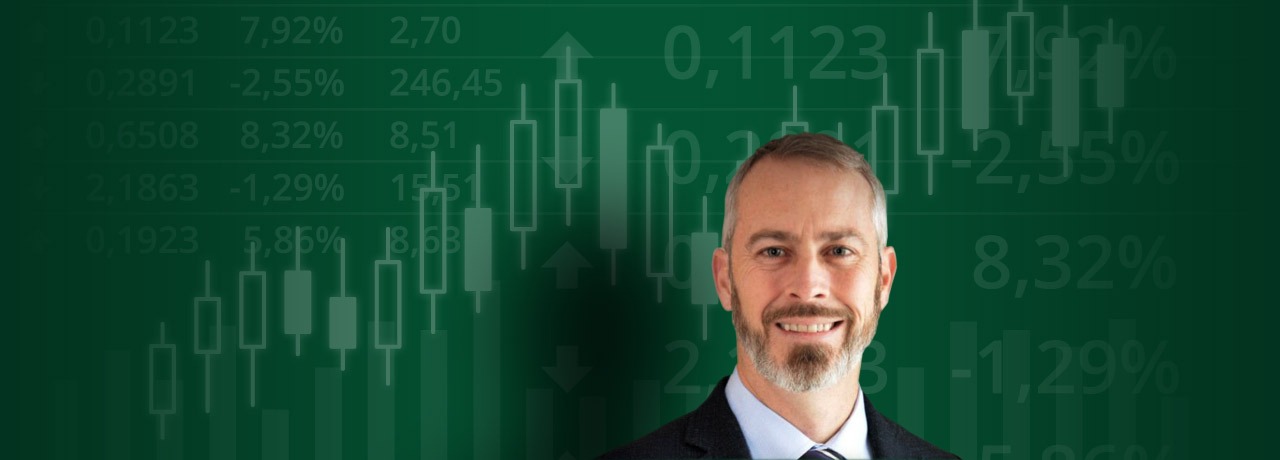Sixteen years ago, I considered myself a rookie trader on
the floor of the Chicago Mercantile Exchange. Bright eyed and eager to learn, I
followed every market I could. I actively traded the S&P 500 but, I always
went in early for the currency and interest rate openings, as well. I actively
and, knowingly took advantage of any of the major market players willing to
have a cup of coffee with me. The economic times were significantly different
than those of today. Trading volume was ushering in a major stock market bull-
run, even as memories of the ’87 crash still lingered. The trading floors were
flush with people who made more in one day than most make in a year or some, in
a lifetime. The technology wave was just beginning to trickle in and financial
modeling was at the forefront of quantitative investment strategies.
I still come in early and I still actively trade the stock
indices. I still actively and knowingly pick the brains of the market players I
am fortunate enough to gain an audience with. Sixteen years later, I find
myself at the beginning of the cycle…..again.
I know many of you are thinking that I must be nuts.
However, if you give me a chance to explain, I think I can tease this out in
terms simple enough for myself to understand. I’ve read so much over the last
month that I feel like I’ve learned an entirely new language. Separating the
wheat from the chaff and allowing myself an opportunity to collect my thoughts,
thank goodness for rainy weekends, I’ve come to the conclusion that we’re near
equilibrium and will extend beyond the mean before finally reverting and
building a base very similarly to the process of the early 1990’s.
Economically, the circumstances couldn’t be more different.
In the 90’s, many of the excesses of the eighties had already been purged. The
savings and loan crisis had been effectively dealt with (net cost- 85 billion) and
the stock market crash provided everyone with a whole new perspective on what
risk really was. Interest rates had been coming down for more than a year,
falling from 7.25% to under 3% in less than a year. The U.S. Dollar was still
king having been defended effectively from the Pound by George Soros. This
helped check global inflation and kept commodity prices low while commodity
demand remained, primarily, domestic. Finally, on a quantitative note, the
S&P 500 was at 415 and had a price/earnings ratio of 19.6.
Trading volumes are soaring as technology has removed so
many of the barriers between the pits, the customers and finally, the world.
Money has never moved at a more rapid pace (good or bad). This same technology brought with it a
generation of misguided applications. Historically, it will be my generation
that brought computer modeling to the financial and commodity markets. We are
the poster generation for “GIGO” garbage in – garbage out. Computer modeling
and optimization provided us with “statistically valid” risk models that would
allow us to take on more leverage and increase the bottom line. Apparently, the
one market excess able to survive the savings and loan crisis as well as the
’87 crash was greed.
History has proven time and time again that there is no
economic free lunch. The tech boom of the ‘90’s made millionaires out of John
Doe’s the same way that the crash made overnight millionaires out of pit
traders. Intelligence and ability should never be confused with being in the
right place at the right time. The separation of those with ability from those
with geographical good fortune can only be told over the course of time. The
trading pits took away the free lunch of pit traders (The Epitome of Free
Trade) just as the dot com bust erased other, unearned fortunes. Currently, it
is the financial industry being forced to endure their comeuppance. Their
computer modeled diversification of bundled risk and carefully designed
tranches sold to global institutions allowed them to over leverage low interest
rates and put people into homes and businesses that should never have been put
into existence. The models that were designed were put into action based on
their ability to compress risk while adding to the bottom line. Does anyone
remember Long Term Capital Management or Enron?
Finally, it is the long term global nature of hubris and
contrition that drives the long term cycles of the stock market. Contrition is
clearly the leading factor since October. Fortunately, just like the oil
market, we have tools to tell us when the fat part of the move may be over.
Fundamental analysis of the Commitment of Traders Report to find under and overvalued markets
fairly successfully while our humility has allowed us let the markets tell us
just what over and undervalued means in real terms. I’ve been writing for more
than six months that the stock market will revert to its mean… and then some.
Markets always overshoot. If this is a normal bear market, we can assume the
following set of parameters.
P/E
ratios decline by approximately 60%. The peak for this run was around 43.
Average
decline is approximately 30% form peak.
Average
length is around 14 months.
If we look at these figures, it appears as though it’s going
to be a gloomy holiday season. I believe we entered an, “official” bear market
at a 20% decline from market peaks. Depending on the index, this started in
July. The P/E ratio, even with today’s declines, remains near fair value, at 17
and change. Just as markets tend to overshoot on the upside, so too do they
overshoot on the downside. We will grind our way through and there will be
rallies and failures, just as there always are. The question investors should
be asking themselves is, “How do I best manage my way through this period
without affecting my long term goals or, giving into short term emotions?”
I believe that this is where the commodity futures trading industry, through
stock index futures like the S&P 500, Dow, Nasdaq 100 and Russell 2000
should be employed. They are offered in a wide range of sizes and can be
tailored to cover most any equity portfolio. The margins and account sizes are
exceptionally favorable, as well. Currently, an individual can still protect
$30,000 worth of tech holdings with a $5,000 account.
Individuals who don’t utilize the futures markets to limit
their losses on the way down or, to maximize their return on the way up are
simply hiding their heads in the sand and pretending that they don’t know better.
Any investor who feels they are responsible for the lifestyle of their
retirement should act in their own best interest and take advantage of these
opportunities. I thank goodness that I can see the beginning of the next
sixteen years far more clearly than I was able to see the beginning of the
first sixteen.





nice stuff